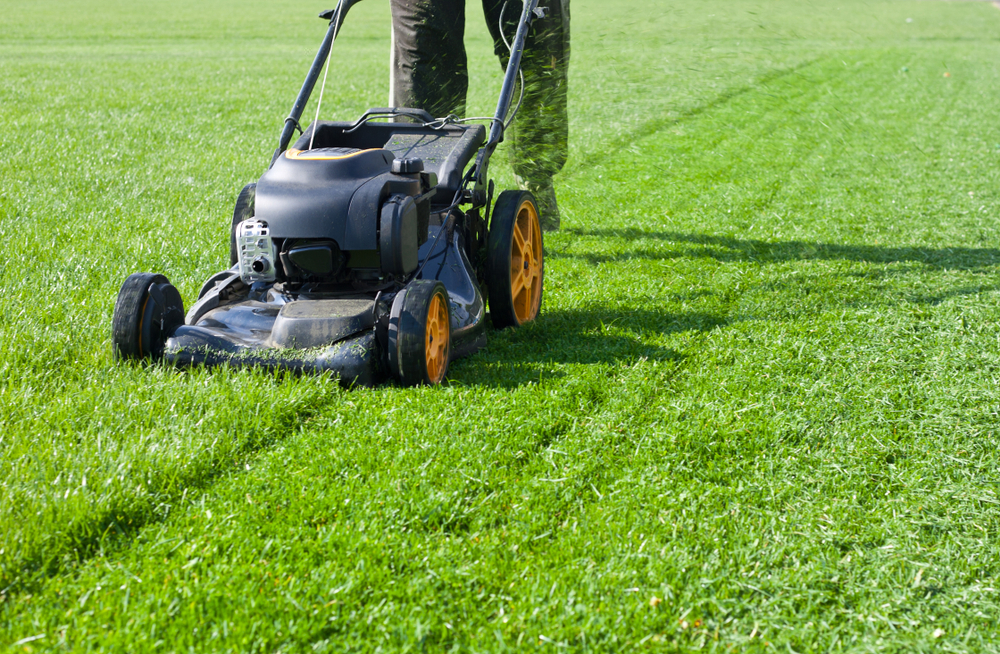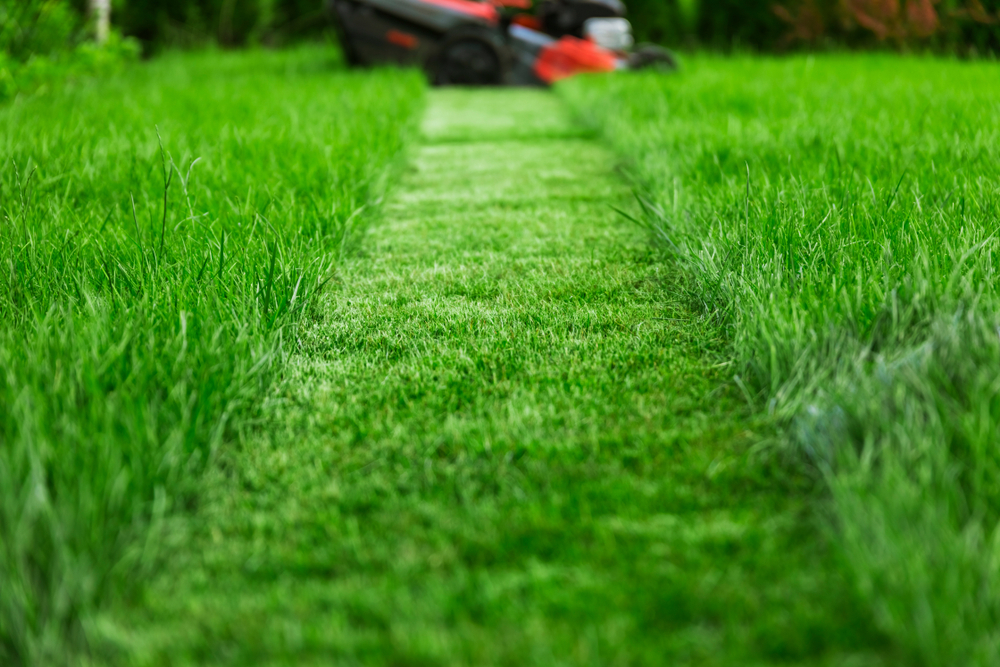
Awe, summer, one of the best times of the year.
If you are a home owner, summer also comes with responsibilities, such as mowing the lawn. Before mowing the lawn, there are several factors you should consider to ensure the best results and maintain the health of your lawn:
Common Lawn Care Mistakes
Dampness/Soil Moisture:
It’s generally recommended to avoid mowing when the grass is excessively wet or after heavy rainfall. Wet grass can be more difficult to cut evenly and may clump, leading to an uneven appearance and potential damage to the lawn.
Mowing wet grass can also increase the risk of slipping and injury, especially on slopes or uneven terrain.
If the grass is slightly damp, you can consider mowing, but ensure the mower blades are sharp to achieve clean cuts.
Time of Day:
It’s often best to mow the lawn during the cooler parts of the day, such as early morning or late afternoon, to minimize stress on the grass.
Mowing during the heat of the day can cause the grass to lose more moisture and may result in increased stress, leading to browning or damage.
Grass Height:
It’s important to maintain the appropriate mowing height for your specific grass type. Different grass species have different recommended heights for optimal growth and health.
Avoid cutting the grass too short, as it can weaken the turf, promote weed growth, and make the lawn more susceptible to diseases and pests.
It is generally recommended that your grass should be 2.5 to 3 inches in height after cutting.
Mowing your lawn too short, also known as scalping, can have negative effects on the health and appearance of your grass.
If you are cutting your grass too short, one of the easiest and least time-consuming things you can do to improve your lawn’s appearance is to stop doing that! A lawn that is 2.5 to 3 inches in height will look fuller and more lush.
Not sure if you are cutting your lawn too short? Here are some signs plus some good mowing practices to follow.
Signs that May Indicate you are Mowing your Lawn too Short
Sign 1: Brown or yellow patches

If you notice patches of brown or yellow grass that don’t seem to recover despite proper watering and care, it could be a sign of scalping. Mowing too short can stress the grass and damage its ability to photosynthesize, leading to discoloration.
Sign 2: Scalped or cut crowns
When the grass is cut too short, the crowns of the grass plants are more likely to be exposed or damaged. The crowns are responsible for regrowth and new leaf production, so if they are consistently scalped, the grass may struggle to grow properly.
Sign 3: Increased vulnerability to weeds
Scalped lawns often create bare spots or thin areas, providing an opportunity for weeds to take root and thrive. Weeds can quickly colonize these weakened areas, outcompeting the grass.
Sign 4: Increased susceptibility to pests and diseases
Grass that is mowed too short becomes stressed and weakened, making it more susceptible to pests and diseases. Scalping can disrupt the natural balance of the lawn ecosystem, allowing harmful organisms to establish themselves more easily.
Sign 5: Shallow root growth
Mowing too short reduces the leaf surface area, limiting the grass’s ability to produce energy through photosynthesis. This can result in shallow root growth as the grass struggles to support itself, making it more vulnerable to drought stress and other environmental pressures.
Sign 6: Uneven growth and thatch buildup
Inadequate leaf area due to scalping can lead to uneven growth patterns in the lawn. Some areas may exhibit slower growth or thinning, while others may become more dense. Additionally, scalping can contribute to thatch buildup, as the grass struggles to properly decompose and integrate into the soil.
Good Mowing Practices to Follow
To avoid mowing your lawn too short, follow these guidelines:
- Set your mower at the appropriate cutting height for your specific grass type. Different grass species have recommended mowing heights, so be sure to research and adjust accordingly.
- Avoid removing more than one-third of the grass blade length in a single mowing session. Gradual and moderate trimming promotes healthier growth.

- Regularly sharpen your mower blades to ensure clean cuts and minimize damage to the grass.
- Consider leaving the grass clippings on the lawn if you are cutting on a regular basis and not leaving more than 1/3 of the leaf blade on the lawn. Grass clippings can provide valuable nutrients and organic matter. Learn more in our blog “Mulching Grass: Benefits & Tips”.
- Adjust your mowing schedule based on the growth rate of your grass, rather than adhering to a strict calendar schedule.
- Mow the lawn during the cooler parts of the day, such as early morning or late afternoon.
- Avoid mowing when the grass is excessively wet or after heavy rainfall.
By maintaining the proper mowing height, you can promote healthier grass growth, reduce stress on the lawn, and enhance the overall appearance of your lawn.
If you have any lawn care questions, be sure to contact us and our team will be happy to help.

Recent Comments